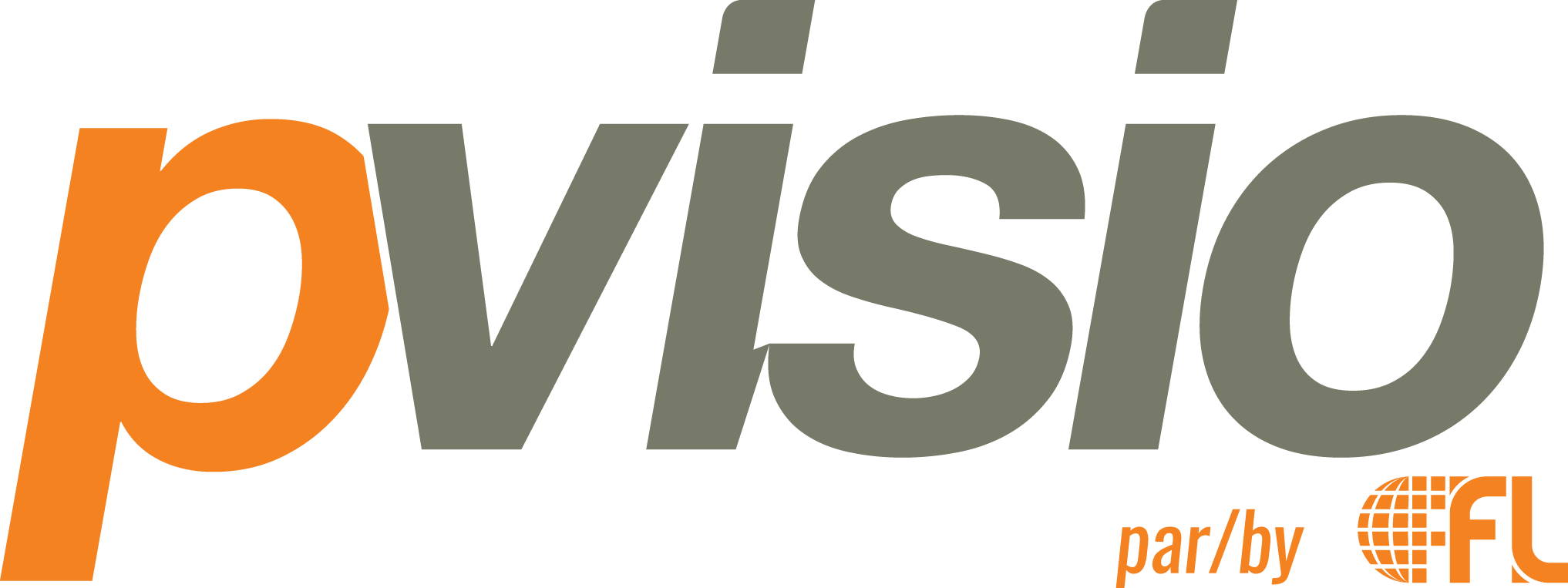In 1998, the Government of Quebec put in place the Loi sur les compétences (commonly known as the 1% Training Law), which obligated companies to invest in the development of their workforce to foster the acquisition of new competencies and abilities.
More specifically, Bill 90 obligates companies with a salary mass of 2 million or more to spend 1% of their salary mass on training to develop their employee’s competencies.
Are Your Expenses Eligible or Not?
Several elements must be considered when determining whether a training expense is eligible, based on the definitions in the law as well as interpretations. The main criterion is that the training activity’s objective must develop competencies, qualifications, or the recognition of required competencies for a specific position.
Training activities which would typically be eligible could include:
• External training;
• Tuition reimbursement;
• Attending conferences, congresses, etc.;
• On-the-job training for new employees;
• Other internal training;
• E-learning (under certain conditions);
• Etc.
Note that these training expenses are not automatically eligible and certain conditions must be met depending on the type of training expense. Certain aspects to look at would include whether the trainer is certified, whether the training was included in a company training plan, whether a specific training plan is available, and whether the training is directly related to the competencies or knowledge required for the position occupied by the employee. For example, training on first aid in the workplace would likely not be eligible for an Office Clerk but may be eligible for a Nurse as the competencies acquired are directly related to the responsibilities of the position.
Related Article: Important Changes to the Pay Equity Act
Documenting Training Expenses
If you thought that simply calculating your training expenses was sufficient, know that this is not the case. It is important to save all records relating to the company`s training activities, both internal and external, and to have specific training plans on hand, particularly for internal or on-the-job training. These specific training plans provide information on the training’s objective, what topics the new employee received training on, the duration of the training, who will be performing the training, the evaluation method, etc. A training committee, normally constituted of members of management, must also meet at least once a year in order to plan training and prepare a global training plan.
Employers must then indicate the amount spent on training on their annual Relevé 1 Summary. If the amount required (1% of salary mass) is not spent the company must then pay the amount (or balance) as a tax, which the government then redistributes as subsidies to other companies. An annual declaration must also be submitted by May 31st each year to provide additional details on the training given.
Over the past years the government has been increasingly auditing company’s compliance with the law and if the training is not sufficiency detailed, or if training is deemed ineligible, companies are obliged to repay the amounts claimed, which can be very costly.
Preparing this documentation may seem like a lot of work, however you will find that by taking the time to properly plan and organise your company’s training initiatives you will not only be compliant with Bill 90 but will also improve the efficiency and impact of your training programs, creating a higher level of skill and productivity within your workforce.
NEED HELP?
If you would like assistance in meeting your obligations regarding Bill 90, please do not hesitate to contact the consultants of Pvisio. While many clients prefer to outsource this function on an annual basis, we can alternately assist companies with the creation and implementation of processes and tools to properly manage training, or we can simply perform a pre-audit of your company`s report in order to identify any problematic areas.




